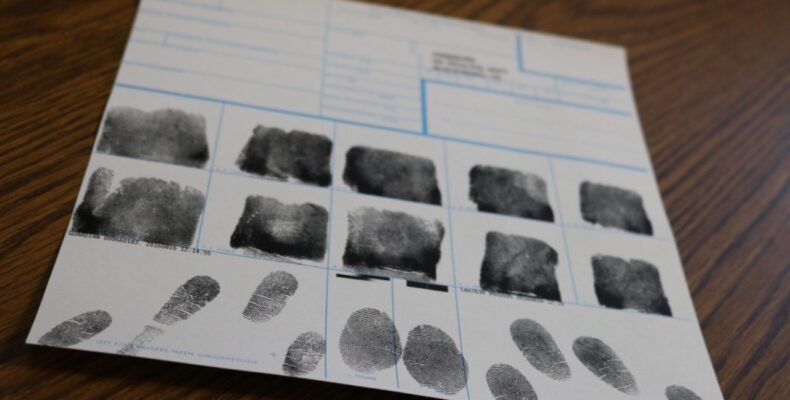Introduction
Receiving an FBI fingerprint report may feel overwhelming if you’re unfamiliar with the terminology and structure. Terms like “record hit,” “No Record,” or “Disposition” can raise more questions than answers. At PacSigning.com, we guide our clients through the process, helping you interpret every section and ensuring you’re prepared—whether for employment, licensing, immigration, or personal review.
What Is Included in an FBI Fingerprint Report?
The official FBI Identity History Summary Check (also called a “rap sheet”) includes:
- Personal Information
Names, aliases, date of birth, and identifying details.
- Fingerprint Submissions
Dates, agency (e.g., Livescan or FD‑258), and submission codes (ORI, transaction numbers).
- Criminal History Entries
Arrests, charges, dispositions (convictions, dismissals), sentencing details, and jurisdiction.
- Disposition Summary
Indicates “Disposition Reported,” “No Disposition Reported,” or sealed/expunged records.
- Report Status & Date
Shows when it was generated and by which entity.
Decoding Key Sections
Identification & Fingerprint Details
Verifying your personal data ensures the report applies to you not someone else with a similar name.
Criminal History
- No Record Found: Clean slate, no criminal matches
- Record Hit(s): Your prints matched a record. The record may still be pending or adjudicated.
Disposition Explained
- Reported Disposition: Court concluded and included (e.g., guilty, dismissed)
- No Disposition Reported: FBI has no update—your applicant should supply court documents
- Sealed/Expunged: These may still appear depending on jurisdiction reporting
Timeline Section
Includes arrest, charge dates, court filing, judgment, or expiration details.
What to Do if You See a “Hit”
- Confirm Identity Match
Compare the name, DOB, and location. Differences could indicate a misidentification.
- Gather Court Disposition
Obtain certified documents to clarify the outcome (e.g., dismissal, sentencing).
- Share with Requesting Agency
Provide copies of the court record to employers, licensing boards, or immigration officers.
- Request Clarification
When necessary, work with your agency to resolve lingering questions.
Common Confusion Points
- Multiple aliases may appear separately
- Pending charges might appear without resolution—often marked “R/O” (Report Only)
- Expired charges may still display; they really are cleared, but paperwork may still show; clarification helps
FAQs: Interpreting Your Report
Q: Does “No Record” mean no fingerprints submitted?
A: Not necessarily—if fingerprints haven’t been captured, your name won’t show up. An identity check requires prints on file.
Q: My record shows “No Disposition Reported.” What now?
A: It means a court may have pending action. You’ll need to request certified court records to show the case outcome.
Q: Are juvenile records included?
A: Often. Juvenile court entries may appear unless officially sealed. Review your local court sealing rules.
Q: How often should I check my report?
A: Periodically—it’s wise before a major background check or if you suspect an incorrect entry.
Q: How can I challenge an error?
A: Submit a Correction Request: FBI Form I-565 with supporting court documentation to expunge or correct incorrect entries.
Related Services at PacSigning
- Live Scan & FBI eDO submissions
- Ink & Roll FD‑258 fingerprinting
- Report interpretation assistance
- Reprint services if prints are rejected or need updating
We’re more than a fingerprint vendor—we’re your partner from capture all the way through agency acceptance.
Final Thoughts
Understanding your FBI fingerprint report doesn’t have to be challenging. With knowledge of what each section entails and our support behind you, you’ll confidently know whether your report is clean—or if a follow-up is needed. PacSigning is here to help you not only submit prints, but also understand your results, making life’s transitions smoother and more transparent.
Need help interpreting your report?
Book a session now for expert review and guidance.


